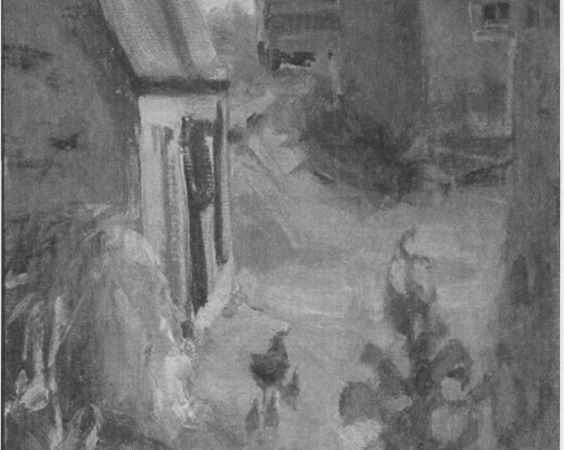Articles/Essays – Volume 39, No. 1
Editor’s Introduction: Celebrating Forty Years of Dialogue
Unquestionably, Dialogue has a tradition. It has been on the Mormon scene for forty years now, and those who manage, edit, and read it are determined to see it make another forty.
From its beginning in 1966, the journal’s intent has been to foster dialogue between faithful Latter-day Saints and the world at large. Its founders, a group of students and friends at Stanford University, saw their generation of Mormons as challenged by exposure to non-Mormon thought and culture in a way previous generations had not been. In the first issue, one of the founding editors, Wesley Johnson, wrote that the members of this new generation “share the faith of their elders but also possess a restrained skepticism born of the university, the office, and the laboratory. They display an inquiring attitude which favors open discussion with members inside the Mormon community and pleads for greater communication with those outside of it.”[1] In the same issue, another of the founding editors, Eugene England, continued the theme: “I think and act within a specific context of Mormon faith that defines my life and shapes my soul…. But my very grasp on this specific direction, this ‘iron rod,’ turns me out to all people and their experience in desire for dialogue with them.”[2]
Faithful to this tradition, the present board of directors and editorial staff will commemorate the journal’s fortieth year in the following ways:
- Publish personal reflections on Dialogue by former editors, board members, and contributors.
- Publish an article which will review key developments in the status and experience of LDS women during the past forty years, with particular reference to articles from Dialogue.
- Publish a retrospective of poems from earlier issues.
- Hold a commemorative dinner in Salt Lake City on Friday, September 22, 2006, featuring a documentary video of the journal’s career.
It is something to have survived forty years as an independent journal with virtually no institutional support. But we have much more than that to celebrate. Treasures have accumulated in the pages of our back issues. Dialogue published cutting-edge articles on Mormon history long before other journals oriented to that subject came on the scene. Those cutting-edge articles dealt with topics such as the nature and meaning of the First Vision; the significance of folk magic in early Mormon experience; the formative importance of both the Kirtland and the Nauvoo years; the role of polygamy, especially following the Manifesto; Mormonism and Masonry; changes in the RLDS Church; and international aspects of Mormonism. Debates over LDS scripture, especially the Book of Abraham and the Book of Mormon, were aired in the pages of Dialogue well before the important work of the Foundation for Ancient Research and Mormon Studies (FARMS) emerged to public view.
No other publication has such a distinguished record for candid treatment of the uncomfortable social and political controversies faced by the LDS Church and people, controversies such as the race issue; the status of women; the ERA controversy; the homosexual quandary; and war and peace in both the Vietnam and Iraq eras. Dialogue has published landmark articles on science and religion and on profound philosophical and theological issues such as theodicy, agency, and determinism. Finally, Dialogue has nurtured Mormon art and literature, featuring paintings and photographs and publishing memorable personal essays, stories, and poems.
The next forty years will be equally momentous. We have reached out to the young by our New Voices program whereby, thanks to donors, we are able to grant to student authors (1) a year’s subscription for submissions accepted for review, and (2) up to $300 for submissions accepted for publication. We have also responded to the challenges and opportunities of electronic media. To complement the printed version of Dialogue, we offer an electronic version via the web and DVD. With some sense of adventure, we have entered the world of blogs by posting interviews and statements devolving from articles and essays published in the journal. We have started with the Mormon blog site, By Common Consent, and plan to continue participating in the “Bloggernacle” on this and other blog sites. We are also experimenting with oral interviews via podcasts.
In these ventures, we believe we act in the spirit of Dialogue’s founders, making the journal relevant to young and old alike. In its pages, thoughtful Latter-day Saints will continue to turn themselves out, in the words of Eugene England, “to all people and their experience in desire for dialogue with them.”
[1] G. Wesley Johnson, “Editorial Preface,” Dialogue: A Journal of Mormon Thought 1, no. 1 (Spring 1966): 5-6.
[2] Eugene England, “The Possibility of Dialogue: A Personal View,” Dialogue: A Journal of Mormon Thought 1, no. 1 (Spring 1966): 9.


 Back to full Issue
Back to full Issue

